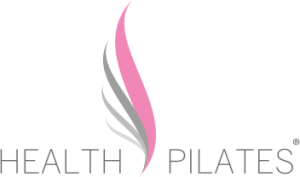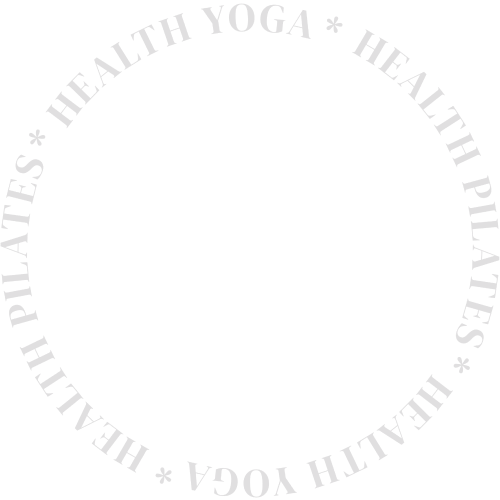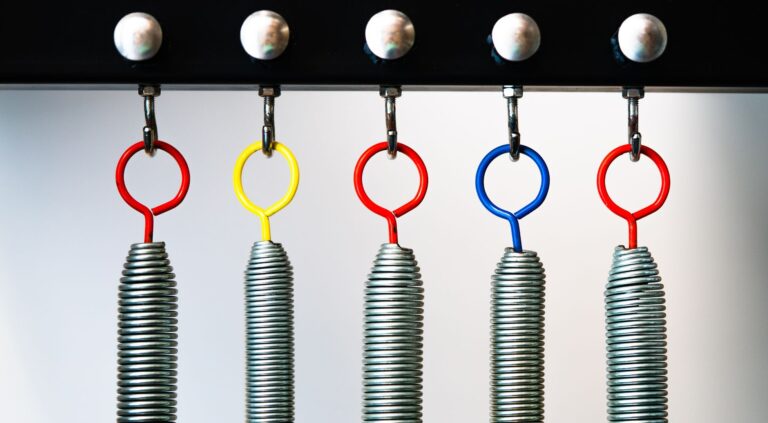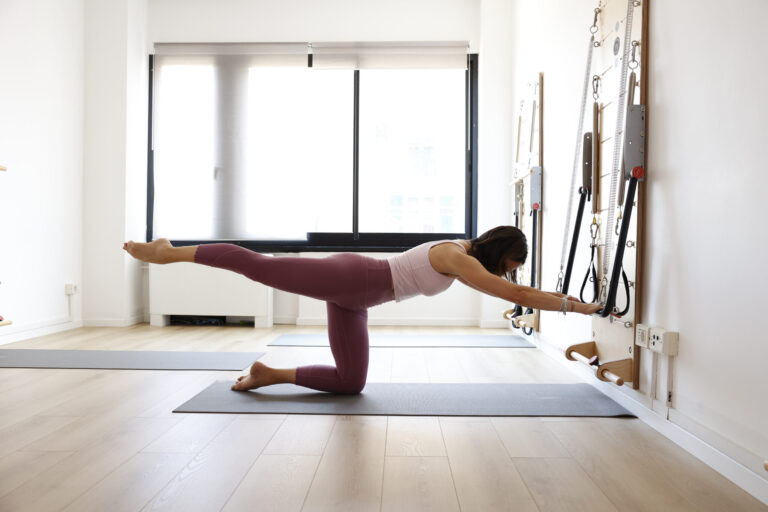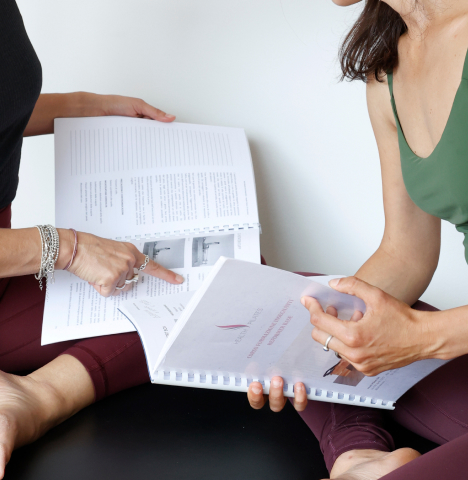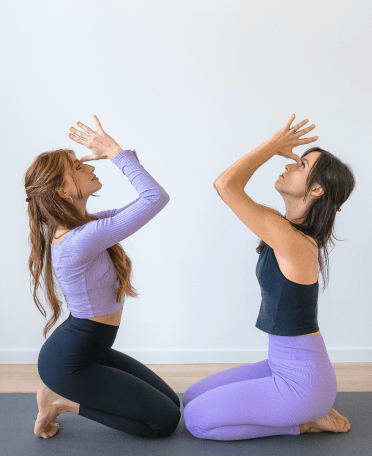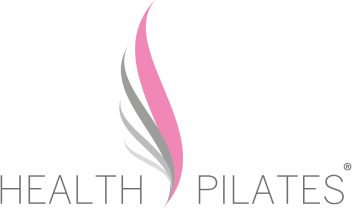The pelvic floor muscles are a very important part of the so-called core or, as J.Pilates named it, “power house”.
The pelvic area goes from the pubic symphysis to the coccyx, and it’s responsible for closing the abdominal-pelvic cavity. These muscles are essential for defecation, urination and sexual activity, but they are also involved in walking.
Overall, it can be said that they help stabilize the pelvis and support the organs of the lower abdominal cavity, such as the bladder, but also the uterus in women.
Together with the muscles of the back, buttocks and abdomen, they form a bigger muscle group known as “core”, which is given particular attention in Pilates.
A weak or damaged pelvic floor, for example from childbirth, genetic factors, chronic cough, aging and inactivity, can cause various problems. We can mention incontinence, sexual dysfunction and, in the most serious cases, falling of the organs in the pelvic muscles (prolapse).
Pilates is an excellent method to strengthen and maintain elasticity of our pelvic floor, as these muscles are engaged for the entire duration of the lesson.
You can also include the use of additional supports to activate this muscle group more deeply, such as rings, elastic bands or soft balls.
Did you know the importance of Pilates for your pelvic floor?
